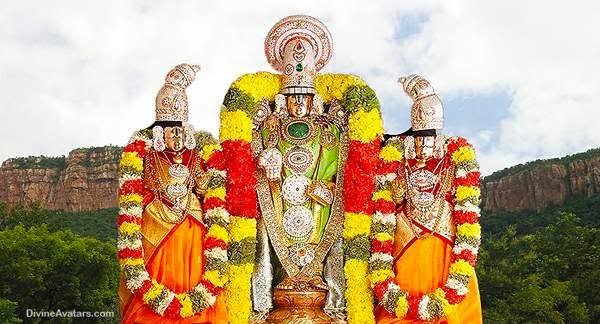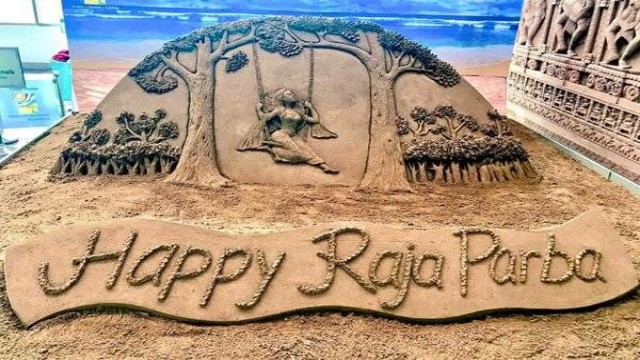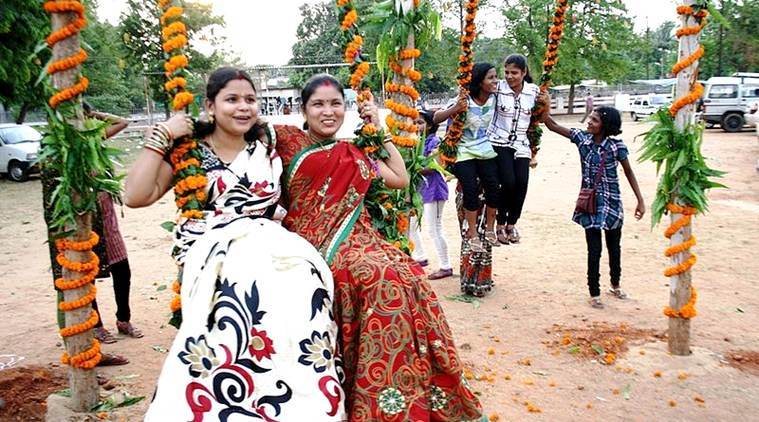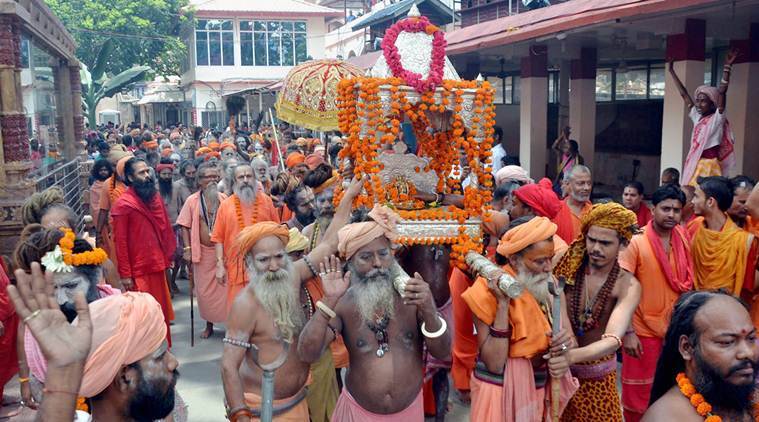Raja Parba – A Fascinating Festival that celebrates menstruation and womanhood
Menstruation has always been one of the biggest taboos in Indian society. Women are made to feel impure and shunned out of society while menstruating. However, Odisha differs with its belief and cultural practices.
Raja Parba – Why is it Celebrated
Raja Parba pronounced as ‘raw-jaw’ – is a three-day festival which celebrates menstruation and honours womanhood. The word “Raja” is derived from the word ‘Rajaswala’ which means menstruating women. It is believed that during the first three days, ‘Bhudevi’, the wife of Lord Jagannath goes through the menstruation cycle. On the last day, she is given a ceremonial bath.

The three days of this festival are considered the menstruating period of Mother Earth. Thus, as Hindu women are not allowed to do anything during her periods, Mother Earth is also believed to be given rest by the natives of Odisha.
All agricultural activities remain closed during these days. People refrain from activities like ploughing, plucking flowers to scratching earth.
In this three day festival- each day holds its significance. The first day is known as Pahili Rajo. The second day, Mithuna Sankranti, signifies the beginning of the solar month of Mithuna i.e., the rainy season. The third day is Bhu Daaha or Basi Raja. The fourth day is called Vasumati Snana. Raja Parba mostly falls in mid-June every year. In 2019, it was celebrated from June 15th to 18th.

Preparation for Raja Parba
The day before the first day of the festival is called Sajabaja or preparatory day. On this day the house & kitchen including the grinding stones are cleaned and spices are ground for three days. During these three days, women and girls take rest from work and wear new saree, alata, and ornaments.
The girls and women are encouraged to dress nicely in traditional attire and decorate themselves in alatha. They are given a break from their household activities like cooking and cleaning. They are asked to celebrate by engaging in various indoor and outdoor activities with one another and eating delightful dishes. On the final day, the ladies bathe a grinding stone as a symbol of Bhumi with turmeric paste and adorn it with flowers, sindoor, and seasonal fruits.

The most vivid and enjoyable memories that most women have of the Raja gaiety are the rope-swings on the banyan trees and the lyrical folk-songs that they listen from the nubile beauty enjoying the atmosphere. The swings are of different types like ‘Ram Doli’, ‘Charki Doli’, ‘Pata Doli’, ‘Dandi Doli’ etc. Through the folk-lore of love, affection, respect, and social behaviour, the women are taught righteous values.
Male Contribution to the Festival
Men too partake in the festival as they take care of women. They provide them with rich food and arrange entertainment. As all agricultural activities remain suspended and a joyous atmosphere pervades. The young men of the village keep themselves busy in various types of country games. The favourite game is ‘Kabadi’.
All nights yatra performances or ‘Gotipua’ dances are arranged in prosperous villages where they can afford the professional group.
Another Empowering Festival
This famous festival which started as a tribal practice has now spread to all parts of Odisha. Other than Odisha’s Raja Parba, there are various other festivals that do not shy away from topics like menstruation. Assam’s Ambubachi Mela is another such festival.

This is the annual celebration of the menstrual cycle of goddesses Devi Kamakhya. The festival is celebrated in the month of June in the temple of Kamakhya worshipped in the form of a yoni-like stone.
